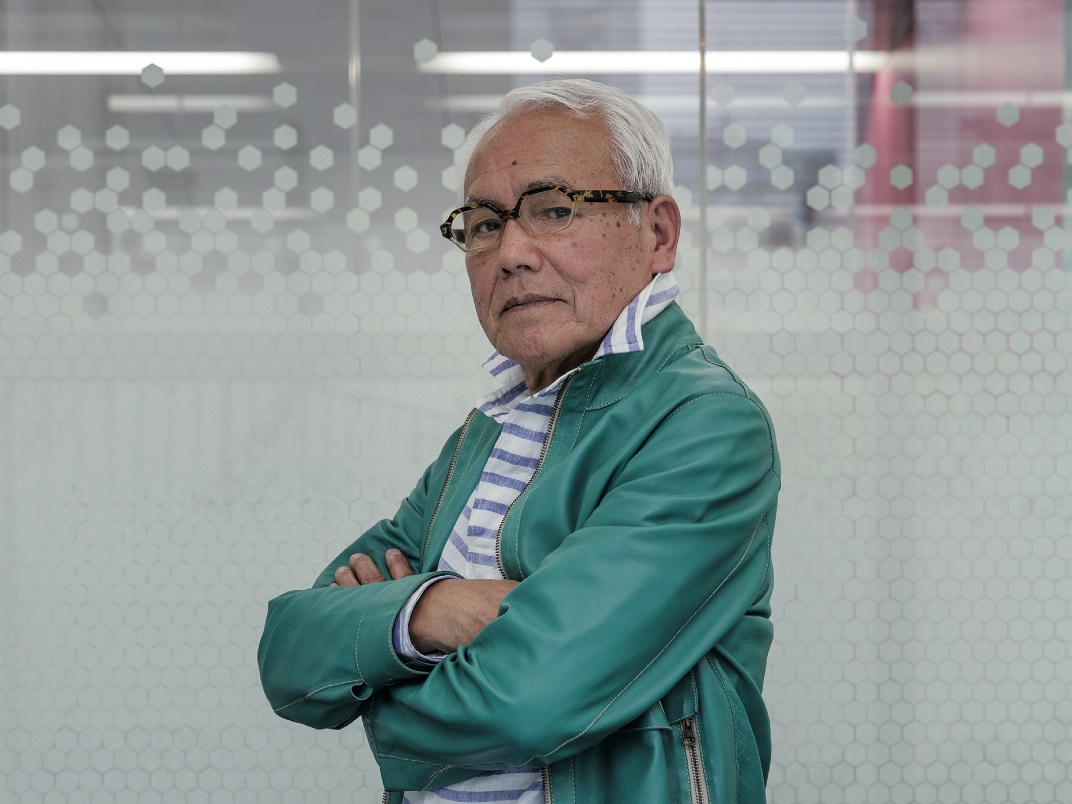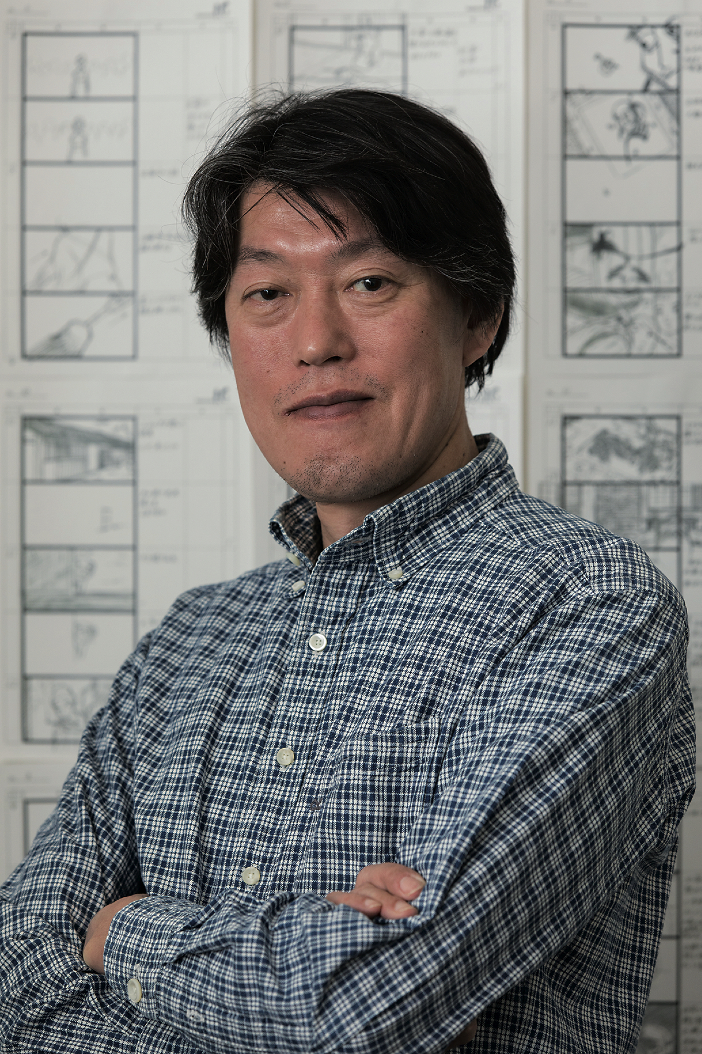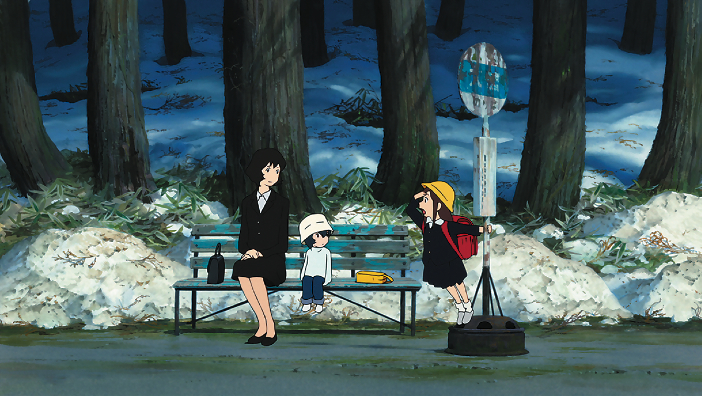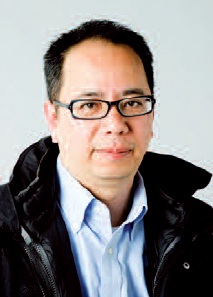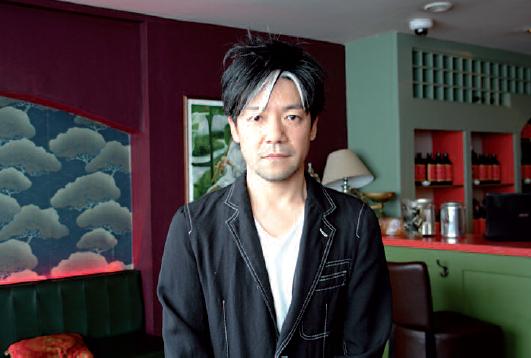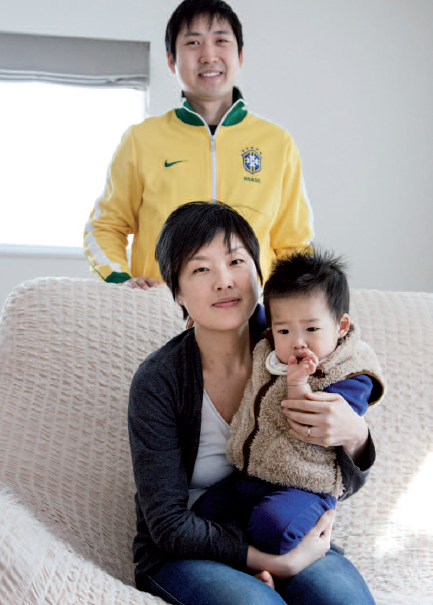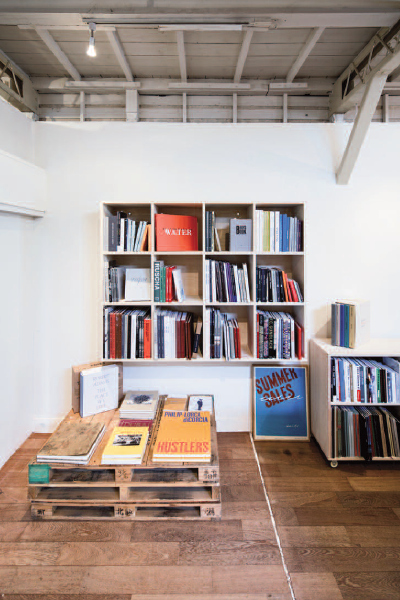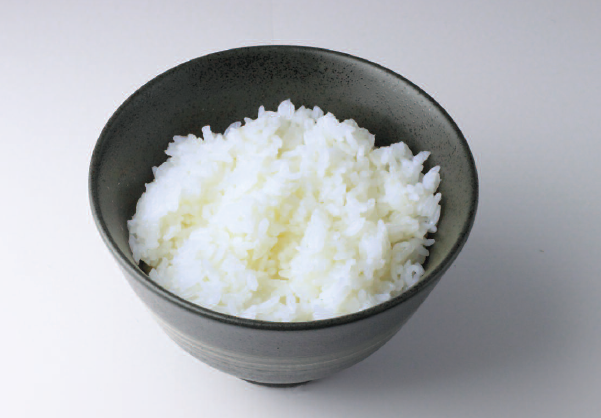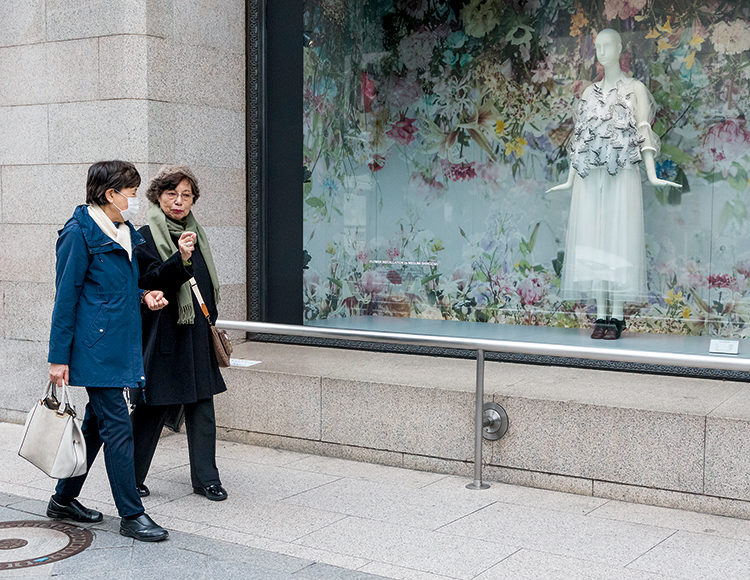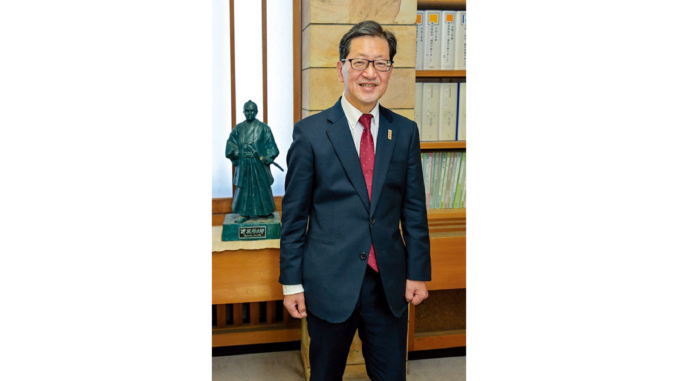
In an exclusive interview with Zoom Japan, Hamada Seiji unveils his strategy to boost the prefecture.
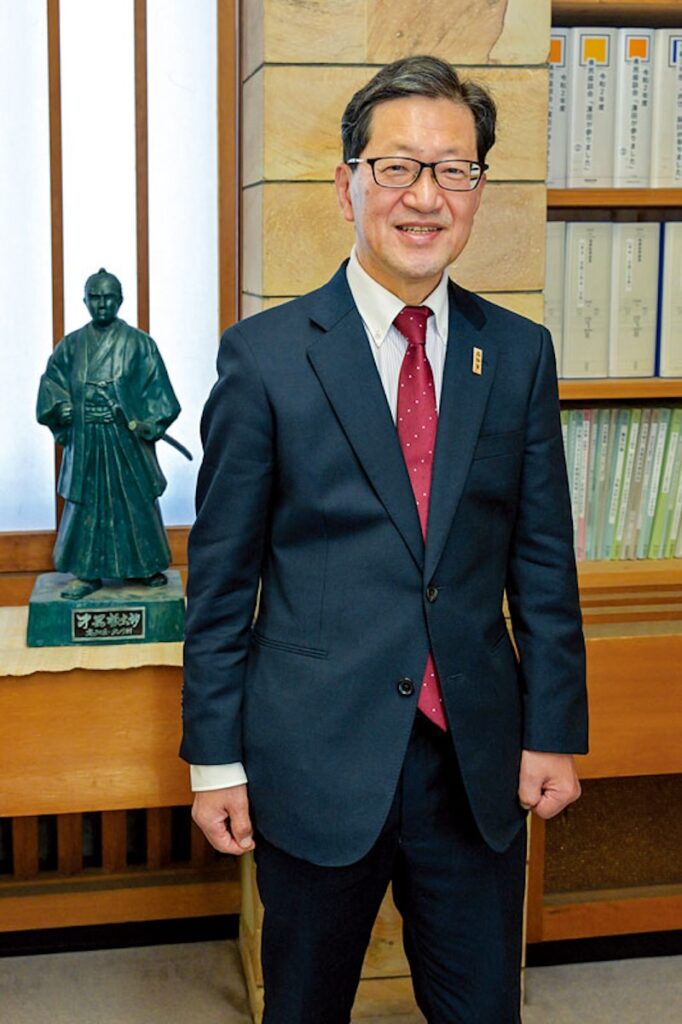
As it does every year on the occasion of its issue dedicated to a particular prefecture, this time Zoom Japan approached the governor of Kochi, its principal political figure, to paint a portrait of his region. Newly re-elected Hamada Seiji took part in a question-and-answer session.
You were recently re-elected as governor of Kochi Prefecture. How do you feel about this result? In what ways do you think you’ve won the trust of the electorate?
The gubernatorial election was held last November and, though the turnout was lower than in the previous election, I’ve received more votes than before, which reminds me that I must do my best to lead the prefectural government for the next four years. In my previous tenure, I had a lot of trouble trying to prevent the spread of the Covid-19 infection while balancing people’s day to day activities. However, I believe that the measures we took were well received.
This time, I made two major campaign promises. The first is to stay ahead of the trends of the times, such as digitalization, the environment and globalization. The second issue is also the most important right now, which is to effectively respond to population decline. I believe that my reelection means that the citizens of the prefecture agree with my programme.
How did Kochi Prefecture experience the Covid-19 pandemic, and what did you learn from that experience?
It was a global battle against an unknown virus, so our top priority was to prevent the spread of infection. However, we also needed to ensure that social and economic activity continued. I think the most important thing was figuring out how to balance those two things. We made decisions on an ad hoc basis, but above all, when it came to preventing the spread of infection, the safety and security of the prefecture’s residents was our main goal, so we worked hard to ensure the medical care system functioned properly and that vaccines were made available to everybody. I can say we worked hard to deal with these issues. On the other hand, regarding social and economic activities, we demanded various restrictions to prevent the spread of infection, which harmed many citizens. In order to alleviate that impact, the prefecture created its own financing and support system, including a wide range of benefits. In the end, the number of infections was kept at an extremely low level.
As far as lessons learned are concerned, since this was an unprecedented pandemic, we realized that infection prevention measures had to be taken based on scientific evidence and that information needed to be disseminated throughout the community. We also have to have comprehensive measures to ensure that social and economic activities are not impaired.
What are the most pressing problems that Kochi prefecture should aim to solve?
The biggest challenge right now is dealing with population decline. The population of this prefecture peaked in 1985. Since then, it’s continued to decline for nearly 40 years and has recently reached just over 665,000. What’s especially shocking is that the number of children born in the prefecture last year was the lowest ever, only 3,721, which is also the lowest out of Japan’s 47 prefectures. The main reason is that, over the years, young people have been leaving the prefecture to move to large cities in search of work or to go into higher education. If this trend is not reversed, we’re going to lose those very people who can help us overcome this problem. Right now, this is our most challenging issue.
As you just said, Kochi is experiencing a rapid population decline. Currently, nearly 36% of Kochi’s residents are over 65 years old. In particular, I’d like to hear about your ideas and specific initiatives for attracting young people from outside the prefecture, allowing them to settle in Kochi, and reducing the number of people leaving Kochi Prefecture.
We should tackle three main issues. First of all, in order to attract young people from outside the prefecture and encourage those originally from here to return to Kochi, I think that above all else we need to increase the number of jobs that appeal to that generation. This means, for example,supporting innovation in response to recent trends in digitalization and the environment. We should also increase the number of profitable jobs by marketing Kochi Prefecture products throughout the Kansai region and even overseas.
Secondly, life in Kochi must be attractive to young people, so we need to improve the education system and expand various child-rearing support measures. Maintaining a good lifestyle environment must become our priority.
Thirdly, we must see that Kochi becomes a safe and secure place. It’s said that the chance of a major earthquake is becoming more likely every year, so we must develop various infrastructure and disaster prevention measures to ensure our safety.
Following your “IkuBoss Declaration”, efforts are being made to create an environment in which it is easy to raise children, such as encouraging men to take childcare leave. What is the current situation?
In Japan, gender roles have been fixed or a long time. There’s a deep-rooted opinion that men should go to work while women should stay at home and raise children. I’d like to resolve this issue quickly and create a system that matches the new era. In that sense, I aim to create a work environment where it’s normal for men to take childcare leave. That’s why I made the IkuBoss Declaration in 2020. As a result, the rate at which male employees at the Kochi Prefectural Office take childcare leave, which was around 18% in 2019, more than tripled to 61.2% in 2020. In the 2022 fiscal year, the rate further increased to 73.7%, so I think we’re getting closer to the point where it’s normal for male employees to take childcare leave.
On the other hand, the rate of childcare leave taken by men employed in private companies in the prefecture, many of which are small and medium-sized enterprises, is not as good. It used to be a very low 7.6%, but recently it’s risen to nearly 30%. It’s still quite low, but I think we’re moving in the right direction. Going forward, the prefectural government will continue to encourage more male employees to take childcare leave.
This is the kind of environment we want to create. In particular, as I mentioned earlier, young people and especially women, are leaving Kochi Prefecture. This is a major reason why the number of births is decreasing. If we want to attract more women, we need to show them that local society is different from what it used to be, and that men are kinder to women and often help with childcare.
What kind of message, what kind of legacy do you want to pass on to the next generations?
When I think of the best things about Kochi Prefecture, the first thing that comes to mind is our rich natural environment. The climate is mild, we have hundreds of kilometres of coast facing the Pacific Ocean, beautiful rivers such as the Shimanto and the Niyodo and lush green mountains. In addition, Kochi Prefecture is surrounded by mountains, making it geographically and historically difficult to enter from other prefectures. In that sense, Kochi has retained a unique, free-spirited and open-minded culture. Personally, I think that this love of freedom is one of the main characteristics of Kochi’s citizens. It is something that the whole country can be proud of.
However, while a unique culture has taken root here, especially in mountainous areas, depopulation and aging are increasing, and, as mentioned earlier, the number of young people is decreasing. As a consequence, festivals, traditional river fishing methods and other wonderful examples of local culture are gradually being lost. I want young people and children to inherit them. I want them to realize their dreams and hopes here.
You were the head of the Prevention Division at the Fire and Disaster Management Agency of the Ministry of Internal Affairs and Communications at the time of the Great East Japan Earthquake in 2011. What did you learn from that experience?
It’s now clear that buildings are no longer as easily damaged or destroyed by the earthquake itself. I think this is an achievement for Japan as a whole. On the other hand, when a tsunami of that magnitude hits, people in coastal areas are truly in a race against time, so the big lesson we learned is that if evacuation is delayed many people will be lost. That’s why it is very important to take steps to ensure that these lessons are not forgotten.
What is the current status and future outlook for disaster prevention measures in preparation for the Nankai Trough earthquake in Kochi Prefecture?
Kochi is expected to experience a major Nankai Trough earthquake in the near future, so after the great earthquake in Tohoku, we shifted gear and strengthened countermeasures. About ten years have passed since then and because our goal is to bring this estimated number of deaths as close to zero as possible, we’ve been adjusting our action plan every three years according to the changing situation and other new developments.
Broadly speaking, we should consider three different phases. The first one is about preparing to protect ourselves as best as possible; the second phase concerns ways to keep survivors connected; and lastly, we need to devise measures to start up a recovery.
First of all, regarding our measures to protect people’s lives, besides building earthquake-resistant houses, if you take a look at the areas near the sea, you’ll notice that we’ve developed a network of so-called tsunami emergency towers where people who can’t quickly escape to higher ground can take refuge from the tsunami. We’ve been building them for the last ten years and we’re close to completing the project.
Those towers aside, it’s especially important to have people evacuate to higher ground as soon as the tremors stops, so we must make people understand that they should take this seriously and act quickly. According to our latest survey, around 70% of people are aware of this. Our goal, of course, is to reach a rate of 100%. We need people to think positively about this, so we’re working hard to raise awareness in many different ways.
Another issue we’re tackling is how to deal with the many elderly people with disabilities who live in the prefecture, particularly as the population continues to age, many of whom are unable to escape by themselves. We call them “people who require special consideration”, and are devising an individual evacuation plan for each person including who will help whom when an earthquake occurs and a tsunami is expected. We’re currently working with the municipalities to develop this plan.
The second phase I mentioned earlier is to reach and help all those who have been affected by the disaster. For this, we’ll probably need a lot of help from outside the prefecture. We’re devising measures to provide seamless support and medical relief and delivery of necessary goods. In the future, we’ll need to periodically review these plans and verify whether they’re working properly through training and drills to increase their effectiveness.
Regarding the third phase, the one focused on post-quake recovery and reconstruction, we’re looking particularly at areas along the inner coast of the prefecture. We’re currently calling on 19 municipalities to prepare what is called a pre-recovery development plan, which details how they’ll rebuild their towns in the event of a tsunami. Of course, we’re going to provide strong backup.
At the time of the 2011 Great East Japan Earthquake, when considering a disastrous Nankai Trough earthquake in our prefecture, we estimated that approximately 42,000 people would die. However, by the end of 2021, this number had decreased by about 80% to 8,800 people thanks to the various measures we’ve devised in the last ten years. We’re currently working on the fifth stage of our action plan, which will be completed by the end of the next fiscal year, and our goal is to further halve the number of expected casualties to around 4,300 people.
Many cruise ships stop at Kochi Port. They’re often seen as serious polluters. Is this a concern for Kochi Prefecture? Also, what kind of policy do you have regarding sustainable tourism?
Many cruise ships are operating in our prefecture including those coming from overseas. We struggled quite a bit during the pandemic, but since then more and more ships have come back, and this year we’ve had the largest number ever of cruise ships calling at our port. As for the problems you mentioned of waste and environmental pollution, I don’t think there are any particular problems in Kochi, and our residents don’t have any major concerns. In the cruise industry as well, I believe that efforts to prevent environmental pollution are currently being implemented, and cruise tourism is developing in a truly sustainable manner. This prefecture is rich in natural sources, but on the other hand, it’s far from major cities such as Tokyo and Osaka, so it has lagged behind in terms of manufacturing. For that reason, tourism is a very important industry for us, and I’m very grateful that Kochi has been chosen as a port of call by so many cruise ships. I hope they’ll create more opportunities for people to see our beautiful region.
You also asked about sustainable tourism. I think our rural areas have great potential, and from this April we’re launching a new campaign which focuses on our hills and mountains. The way mass tourism has developed in recent years has caused people to reconsider the culture unique to the countryside and the value of these resources. We’d like to use them to allow people to fully experience all that’s good about our natural environment and culture. Through such projects, we aim to preserve Kochi’s unique traditions and natural assets for future generations.
In June of this year, the Shikoku Governors Conference held a meeting regarding the maintenance of the railway network and tourism. What measures should be taken to improve Kochi Prefecture’s tourist profile and attract more tourists, especially from abroad? What areas are you focusing your efforts on?
As I mentioned earlier, the major tourist destinations in Japan are Tokyo, Osaka and Kyoto. Compared to them, Kochi is still relatively unknown to people overseas. Therefore, increasing awareness about Kochi abroad is a major issue and, since 2018, we’ve been trying to attract more foreign tourists. Especially for those from Europe and the United States, we try to provide information that focuses on the lives of local people through things like the history and culture of local food unique to Kochi Prefecture. Looking at the growth in the number of overnight foreign guests compared to last year, our growth rate is the third highest in the country after Tokyo and Tochigi. Although, originally, there was a lot of room for growth, I think we’re heading in the right direction.
In terms of specific initiatives, last May we began operating charter flights twice a week between Taiwan and Kochi, and we hope to be able to have regular flights available soon. We’d like to strengthen our sales to airline and travel agency to encourage them to launch direct flights with countries other than Taiwan, especially since the Osaka Kansai Expo will be held in 2025, and we hope to attract those tourists.
Food and cuisine play an important part in attracting tourists. I would like to hear about your strategy in this area.
Kochi Prefecture is blessed with an abundance of nature, and this nature produces an extremely rich variety of food and ingredients, among them sake, yuzu (a citrus fruit), and lightly seared bonito (a fish in the mackerel family). These products are highly rated both domestically and internationally. Also, because of Kochi’s relative isolation, a unique food culture has taken root in the countryside, such as the cuisine known as “country sushi”.
We’ve developed a tourism campaign that focuses on seasonal ingredients and the people who cook them. When talking about food, it’s important to introduce people to the background, traditions and history of our food culture as well. After all, our food is good also because the people involved in producing and cooking it and those providing hospitality are so passionate about it.
France is one of our best markets as they import a lot of sake and yuzu from Kochi. This year, for example, an event was held in Paris sponsored by the Japanese sake competition Kura Master, and I heard it was very successful. Also, in Germany, we held a yuzu PR event at one of Europe’s largest food exhibitions.
Please give a personal message to Zoom Japan’s readers.
Although Kochi is still not well known overseas, it truly has a charm that rivals more famous tourist destinations in Japan. You can enjoy nature, history and culture and, above all, delicious food and interaction with the people who live here. Therefore, I’d be happy if your readers came and experienced Kochi to the fullest. As for our direct relationship with France, Kochi Prefecture has recreated Claude Monet’s home garden in Kitagawa Village. This is, by the way, the only place in the world where the Claude Monet Foundation has given permission to officially use Monet’s name.
As for the amount of yuzu and sake exported to other countries, France is our number one yuzu buyer and the third largest importer of Kochi sake. In other words, if people in France were to taste yuzu or sake, I believe that a large amount of it might actually have been produced in our prefecture.
Last but not least, Kochi and France are also united by dance. In Bordeaux and Paris there are two troupes who perform Yosakoi, a dance that originated in Kochi. In 2016, those troupes were appointed Yosakoi Ambassadors by our prefecture and participated in the Yosakoi Festival in Kochi in August 2023 as a joint French team.
I hope that the economic and cultural exchanges born out of these events will help spread the word about Kochi among your readers.
Interview By Gianni Simone
To learn more on Kochi, check out our other articles :
N°138 [NEWS] A tribute to local newspapers
N°138 [TRAVEL] A wealth f beauty
N°138 [ZOOM GOURMAND] Yuzu today, yuzu forever
N°138 [CULTURE] For the love of nature
Follow us !



